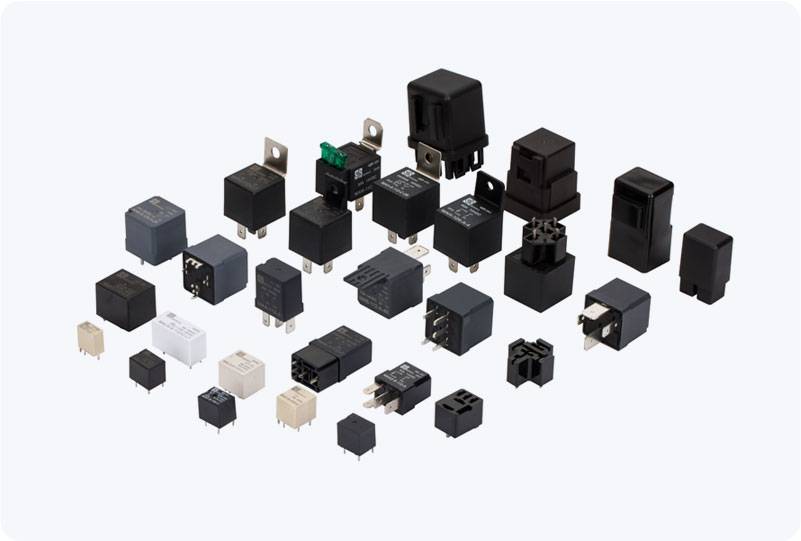The motor starter relay is an essential component in electrical systems, primarily used for controlling the start and stop functions of electric motors. It plays a vital role in protecting the motor from overloading, ensuring safe and efficient operation in various industrial and commercial applications. In this article, we will explore the principles of operation, types, applications, and importance of the motor starter relay.

1. What is a Motor Starter Relay? A motor starter relay is an electrically operated switch that helps initiate or cut off the power supply to an electric motor. It works by utilizing the electromagnetic principle, where an electric current flowing through a coil generates a magnetic field that attracts a movable iron core. This action either closes or opens a set of contacts, thus controlling the motor’s operation. Typically, motor starter relays are designed to manage the switching of high-power electric motors, which require a significant inrush of current at startup. The relay ensures that the motor starts smoothly and continues to operate within safe electrical limits.